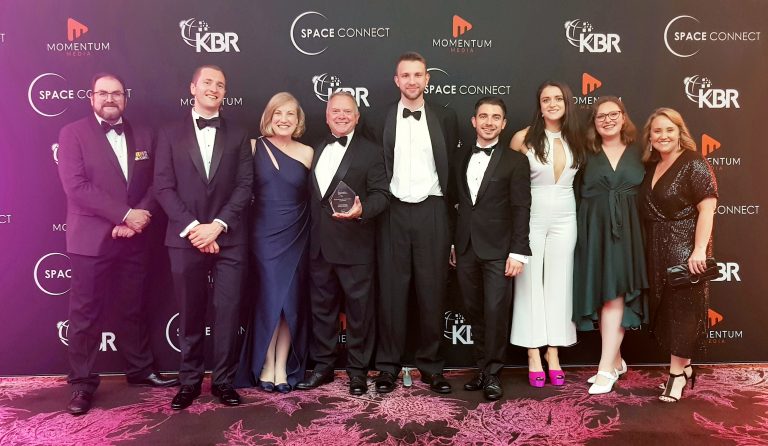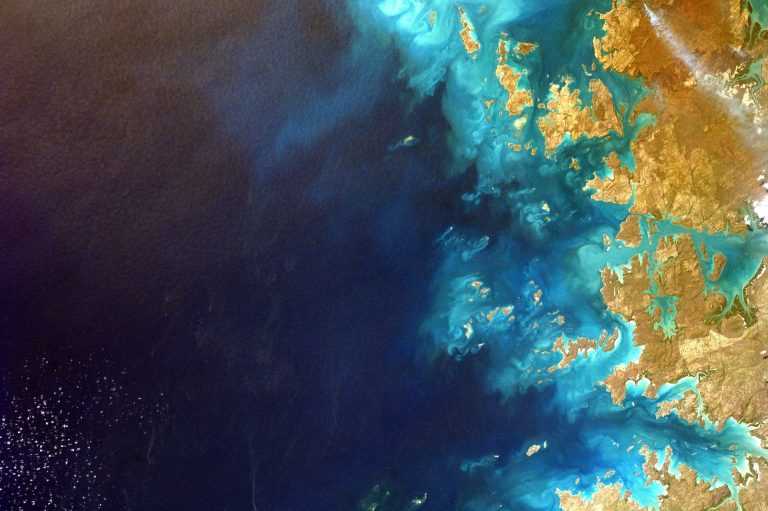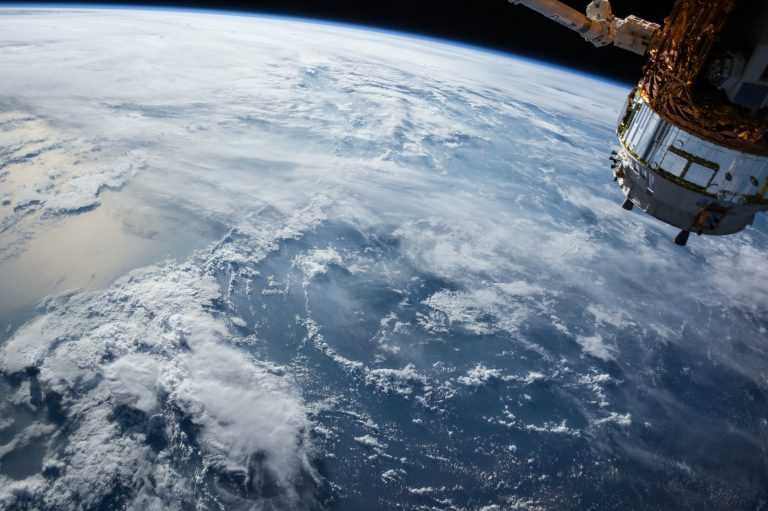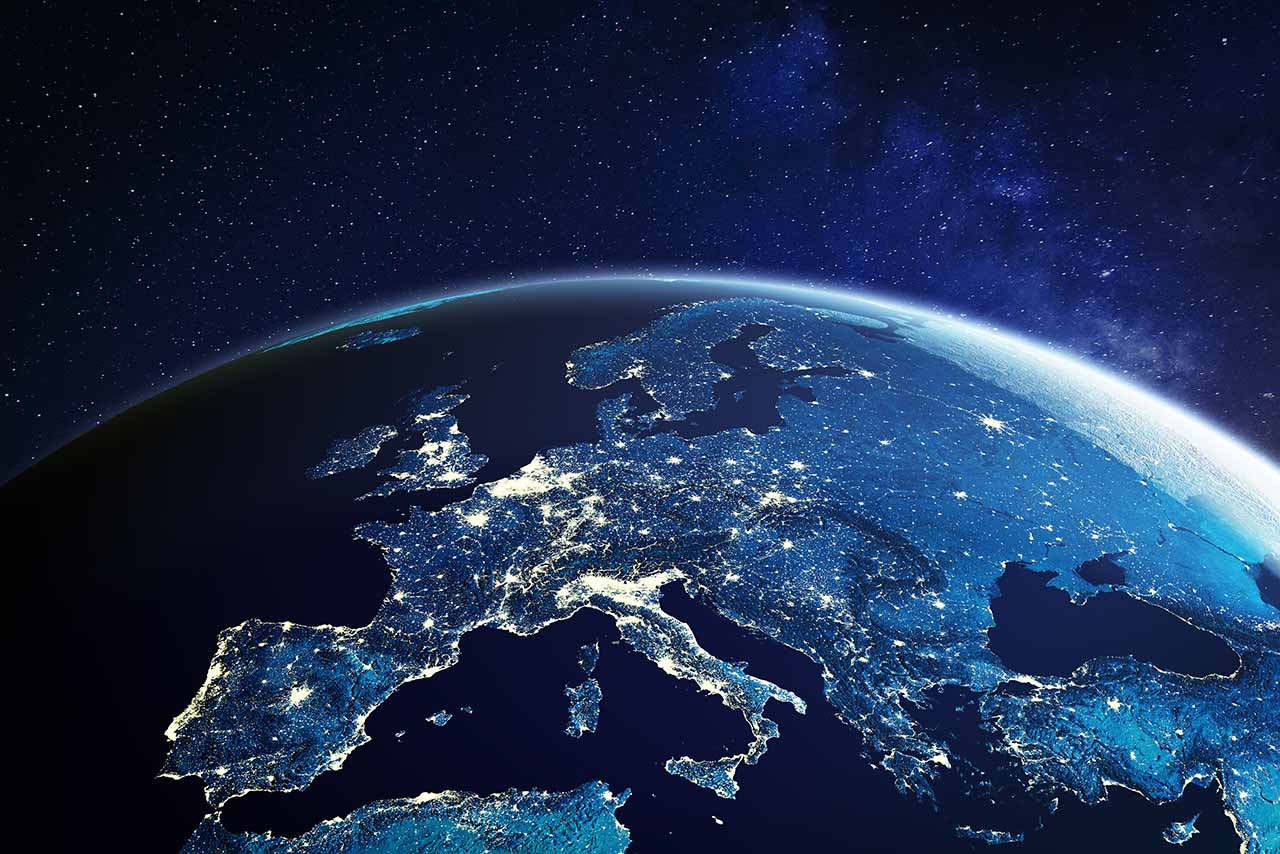Decoding the world to inspire tomorrow.
At Geospatial Intelligence we stand firm in our belief: that through innovative and objective intelligence, we can untangle complexity to build a better world.
About Us
Founded in 2002, and 100% Australian-owned and staffed, Geospatial Intelligence is your leading provider of high-resolution optical and radar satellite imagery.
With our team of seasoned geospatial professionals and leading satellite imagery providers, we offer proven capabilities in satellite imaging, environmental monitoring, defence, intelligence, natural disaster response, and more.
We drive ourselves to be at the forefront of geospatial information and analytics, and strive to be the premium Australian company for the provision of innovative solutions to geospatial challenges.

At the heart of our work is a commitment to:
Exceptional Service
Superior Domain Knowledge and Expertise
Innovation and Imagination
Integrity
Creating Value

Our Approach
We bring together a highly qualified team of experts who are dedicated to understanding your unique geospatial needs and challenges. We pride ourselves on our commitment to:
- Data Sourcing: Our team sources the most up-to-date and relevant data to serve as the foundation of our solutions.
- Creative Expertise: We employ creative thinking and utilise cutting-edge analysis tools to transform raw data into meaningful insights.
- Tailored Solutions: Each solution we provide is carefully crafted to address your specific requirements.
Our Foundations
Our track record has built us a strong reputation for delivering innovative, responsive and effective geospatial solutions and applications that consistently exceed our clients’ expectations. The key to our business success is a combination of our:
- Client Focus: Putting your needs first in every project.
- Quality Service: Consistently delivering high-quality service.
- Specialist Expertise: Bringing specialized skills and knowledge to every task.
- Strong Relationships: Building lasting connections with our clients.
- Reputation for Creativity and Reliability: Earning trust and recognition for our innovative and dependable solutions.

Frequently Asked Questions
Both satellite and aerial imagery have advantages. Satellite observations are continuous for the life of the satellite. If you don’t know when or where something will happen, it can be very expensive to continuously fly aircraft. Aerial platforms also have a limited range and flight duration due to fuel and weather restrictions.
Satellites can monitor a large area continuously and identify regions where aerial platforms could be tasked to observe areas of interest more closely.
The spatial resolution required by each application will vary. For example, to monitor the size of a forest may not require high spatial resolution imagery but it will be necessary if there is a requirement to identify individual trees. To map the boundary of a lake might not require high resolution imagery but it would be essential to identify a boat in the middle of an ocean. With respect to spatial resolution, the type of imagery is also important – high resolution radar and optical imagery have different properties that need to be understood in relation to the task at hand.
Yes, Synthetic Aperture Radar (SAR) sensors use their own energy source (active sensor) to send, receive and record how much of the transmitted energy is reflected, refracted or scattered. The energy source used for radar is of a longer wavelength than visible light, making it possible to operate at night, penetrate cloud, and in some cases even terrain.
Imagery from optical sensors relies on reflectance, absorption and transmission of visible light from the sun (passive sensor), poor amounts of sunlight, bad weather and cloud will impact optical imagery.
Geospatial Intelligence has access to a number of SAR satellites that allow us to capture data both at night and in bad weather.
A spectral band is the range of wavelengths that a sensor is able to detect and capture. Most optical sensors have at least three bands (visible bands), being Red, Green and Blue (RGB). Each of these bands detect the reflectance of energy (light) across their respective wavelengths: Red ~700-635nm, Green ~560-520nm and Blue ~490-450nm. Other satellites may detect a range of ‘bands’ like multispectral bands, shortwave Infrared bands and CAVIS bands as well as a panchromatic band, that can all be used to identify and provide valuable information to support earth observation.
At present, a single satellite is unable to orbit the earth to image everywhere each day, although capture opportunities are increased with more satellites operating in a constellation. Depending on a satellite’s orbit, it may be able to visit the same location near daily. However, with limited storage on a satellite, and with associated costs involved to send and store very high-resolution imagery, most satellites only collect imagery when ‘tasked’ to do so. In some cases, satellite operators may task a satellite to continue to collect high demand areas without the need for a customer's specific request and archive such imagery. It is also beneficial for suppliers to keep a regular archive of imagery over most areas of the world for use in basemaps etc.
While the common usage of high resolution refers to spatial resolution, there are actually three types, spatial, temporal and spectral.
Spatial resolution – Spatial resolution refers to the ground sample distance of each pixel in an image. For example an image with a 0.5m spatial resolution has pixels that each capture a ground area of 0.25 square metres. Higher resolution images allow the user to see smaller objects and larger objects with more detail.
Temporal resolution – Temporal resolution refers to revisit time. The higher the temporal resolution, the more often a satellite passes over a location to take an image. Temporal resolution can be increased by having more satellites in a constellation.
Spectral resolution – Spectral resolution refers to the number of discrete spectral bands that a sensor collects. For example, a standard camera has low spectral resolution, collecting only 3 spectral bands: the visible blue, green and red, whereas a hyperspectral sensor potentially collects hundreds of spectral bands therefore having a high spectral resolution. More spectral bands allows you to extract more information.
Optical and radar data have distinct advantages for different applications. Optical satellite imagery is visually similar to a digital photograph however the sensors collect substantially more spectral information allowing users to identify and classify features in the image. For example identifying and classifying different vegetation types requires optical imagery. Cloud cover does impact optical imagery as the features on the ground are not visible through cloud. Synthetic Aperture Radar (SAR) imagery provides reliable, weather-independent data, able to be acquired day or night. Radar data typically requires more expertise for interpretation and imagery is particularly useful for the detection of highly reflective objects, for example, in applications such as vessel detection. Radar data can also be used for detection of small scale surface movement over periods of time, for example to determine if a structure such as a bridge of a dam is stable.
Most satellite imagery is not yet available in real time. Once an image is captured, the satellite will transmit the image to earth when it is within range of a ground station that is capable of communicating with the satellite. The image may then undertake some minor processing before being made available for delivery. These systems are fully automated and require minimal human intervention making delivery of data, once captured, as efficient as possible.
Automatic Identification Systems (AIS) on the other hand, can provide near real time tracking and identification using a constellation of satellites in constant communications to interpret and share information on maritime vessels' details, location and speed.
We work closely with our satellite data suppliers, and pride ourselves on our responsiveness, so if you have an operational need for as near to real time imagery as possible, or need to monitor areas of interest, be sure to get in contact with us.
At Geospatial Intelligence we specialise in high resolution satellite imagery of down to 0.3m. At this resolution we can identify the colour and size of vehicles, large to medium farm animals, farm machinery, and even clear line markings. The better the resolution of imagery, the more detail that is visible in an image.
LiDAR and SAR technologies differ but also provide complementary information and can be used together to capture data for both large and small-scale applications.
LiDAR (Light Detection and Ranging) - Also known as Airborne Laser Scanning
- An active remote sensing system
- Mounted on airborne platform
- Emits pulses from laser transmitters and optical sensors as receiver
- Often returns irregular point sample
- Has a very narrow laser beam
- Can pass through gaps in canopy to determine ground
- Ideal for low level, high accuracy surveys
- Often used to derive digital elevation data
SAR (Synthetic Aperture Radar)
- An active remote sensing system
- Mounted on either satellite or airborne platform
- Transmits radio waves and a pair of antennae detect backscattered signal
- Samples cells at a regular interval
- Long wavelengths
- Can penetrate clouds, dust and haze
- Ideal for high level, regional surveys
- Often used for flood monitoring, or vessel detection

UK Operations
Partner Sites

PressAtlas
PressAtlas is powered by Mercury a global, high-volume open-source data collection and processing system that provides geospatial metadata and AI information extraction for analysts.
